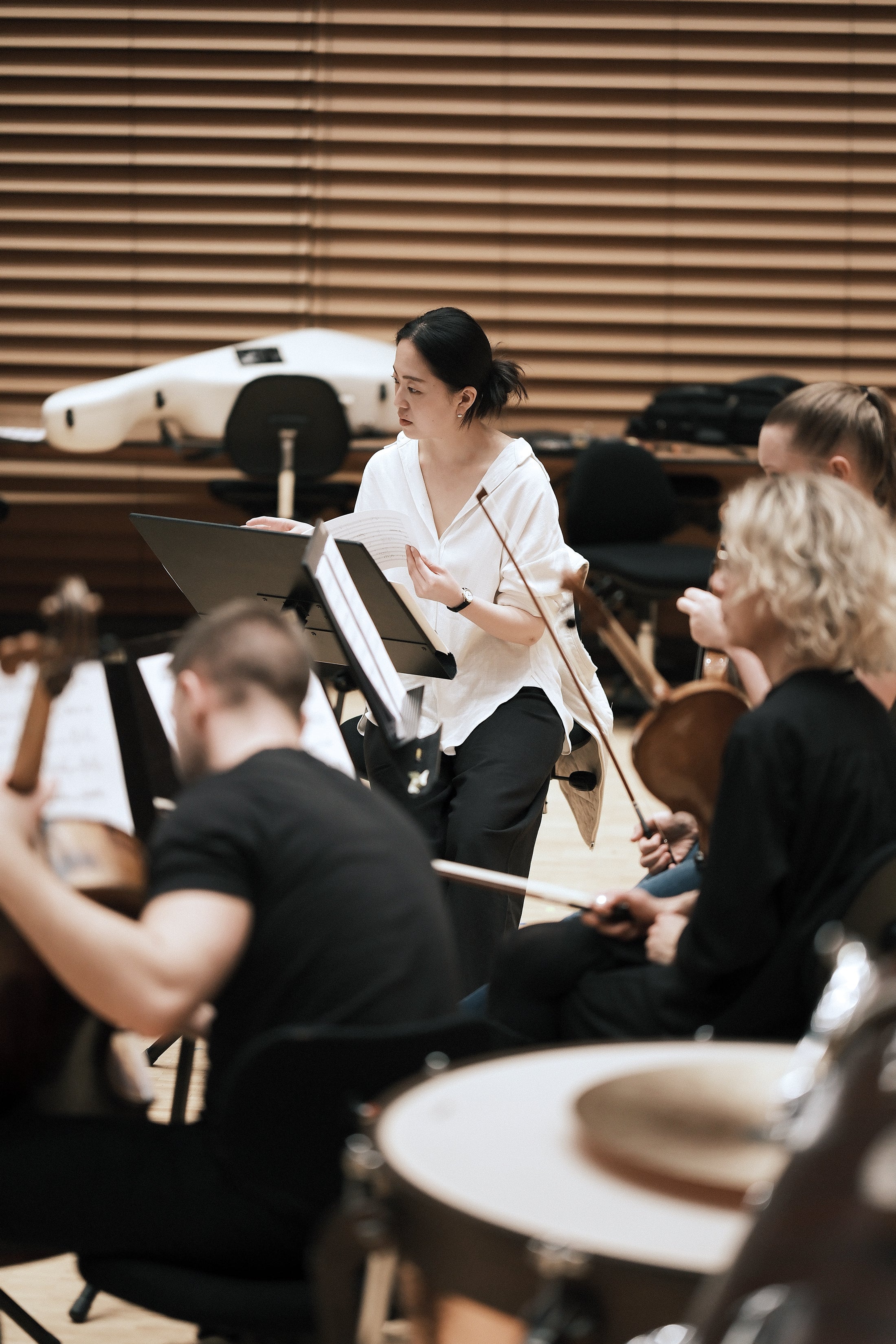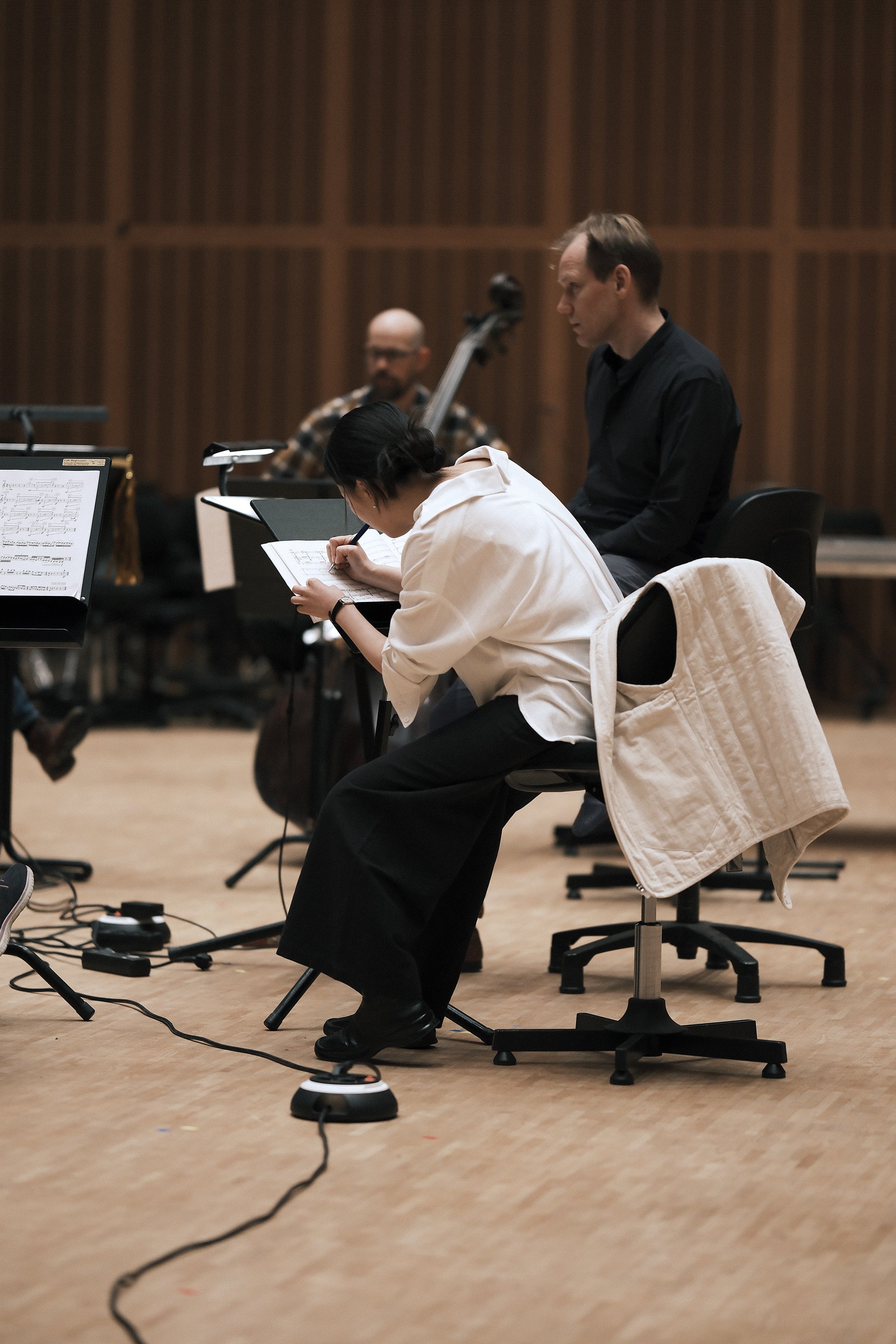Aya Yoshida
The Journey series
Composer
Denmark and Netherlands
www.ayayoshidacomposer.com
@ayayoshidacomposer
When working on a creative piece, what form does inspiration take? For composer Aya Yoshida, inspiration can be found in places that take you to another place in time, and time spent doing “nothing” or observing the in-between.
A master of her craft, Aya, who began composing from the age of 6, has a philosophical approach with an eye and ear for the details. Her musical compositions explore heartfelt topics like the power of a memory and the definition of home. They play with less obvious moments—the gravity to and sound of a dancer’s jump, the space between breaths.
As Aya prepares for the debut of her latest piece, the Royal Danish Orchestra’s 575th anniversary ceremony theme song, we’re so appreciative that she made time to share her story with us. Her thoughtful responses reflect the intentionality with which she approaches each piece she composes, and we hope you’ll find them as intriguing as we do.
Read on to learn how breath and gravity can guide a song’s flow, how music creates connection and a sense of “home”, and the value in having a “creator’s workout”.
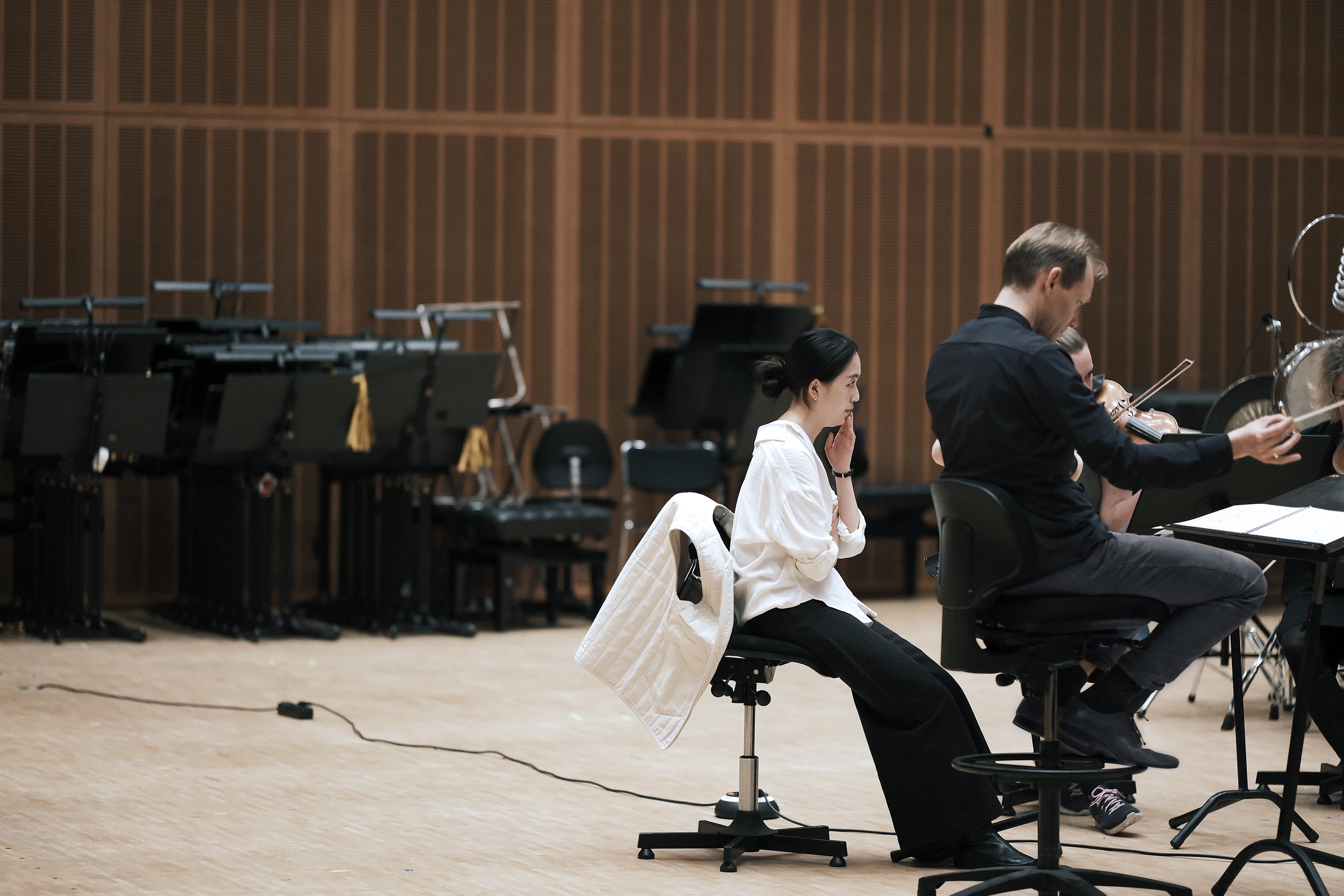
Aya is wearing her favorite Signature pieces, the Dolman Shirt, Wide-Legged Trouser, and Quilted Vest.
7115: Thanks for joining us today, Aya! Let’s ease into our conversation by setting the scene: can you describe where you are currently, and share a highlight from your day?
Aya: Hi, the 7115 community! I am at my home sweet home in The Netherlands, where my music is also born. It was so beautiful to see the sunrise from the window this morning around 8 a.m. Slightly pinky and orange and the balance of those colours was very sophisticated. I find a bit of relief in thinking that the sun will rise again today. This might be because I've experienced the long, dark winters in Denmark for the past years.
7115: Your music composition studies started at a young age. What are your earliest memories of music? What drew you to learning how to compose music, as opposed to focusing on a specific instrument?
Aya: I started composing at 6 years old and my first ever composition piece is called “Mermaid”, which was inspired by the story written by the Danish author Hans Christian Andersen. It was a very short piano piece and I remember I performed it by myself. My piano teacher guided me to compose music alongside teaching the piano to me. The teacher always set me the task of performing my own compositions, which became a very important lesson for me when I compose music today. Her intention was to put me in the musicians’(performers’) position, I guess. At the same time, my piano-playing skills were not good enough at the time, therefore, I had no choice but to improve my piano-playing skills to create “better music.”
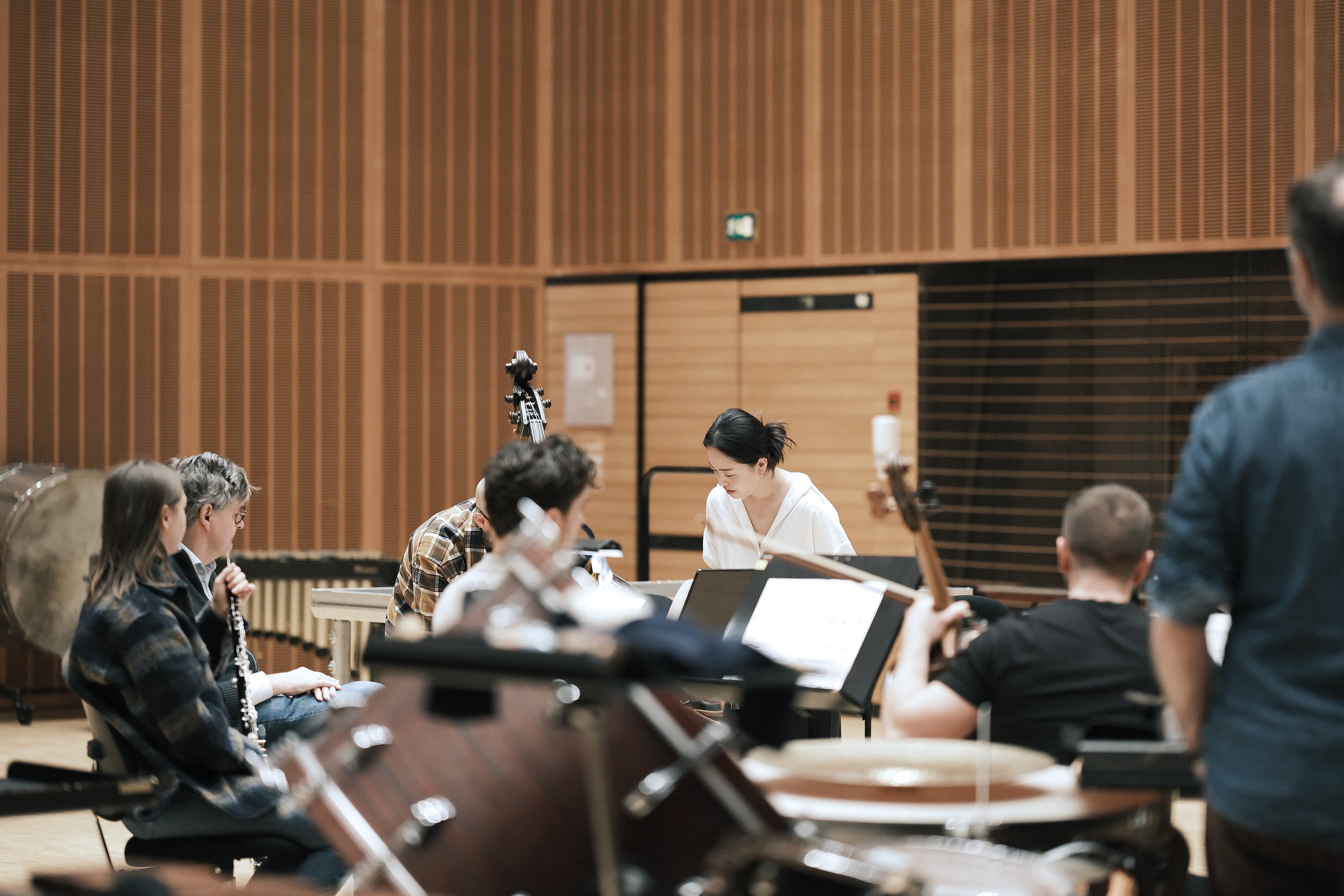
“ Perhaps because my sense of homeland has diminished in my native country, I've become more capable of viewing things from a broader perspective.”
7115: Your piece, “Myriader af tabte minder (Myriads of Lost Memories) for Soprano and String Quartet had its world premiere last August at Rudersdal Sommerkoncerter. On social media, you’ve shared how writing about this “very private theme” of “the journey to a homeland forever lost” was challenging, but worth it. What did this theme mean to you?
Aya: Writing this piece held significant meaning for me. The project/piece is about lost childhood memories of the Danish soprano Ly Tran. She was born in Vietnam and came to Denmark with her family as boat refugees at the age of six. (They were on boat for 7 days.) Danish is Ly’s main language and even though she still speaks Vietnamese, she has no memories from the time before she was able to speak Danish. She lost memory of her first 6 years.
Honestly, I struggled many times with whether it's appropriate for me to depict this very "private" family history in musical form because turning it into music meant bringing to light the "ambiguous yet beautiful memories" of the past.
We often have negative feelings towards 'forgetting’. However, Ly tells me all the time she does not remember things with any positive or negative feelings,
which was quite new for me. Writing this piece wasn't about recreating the lost six years of her life or finding a way back to her homeland; it was simply a journey of confronting the beauty of oblivion. It was a very long and enduring journey. In the process of depicting this work with no clear destination, as someone living the life of an immigrant, I contemplated what I could convey and where my homeland truly lies. The emotions I felt during this journey, with no set destination, are something I believe I will carry, search for, and seek in my future. Forgetting is beautiful. Remembering, or recalling what might have been, is also beautiful.
7115: It’s now been about a decade since you moved from your motherland, Japan, to be based in Copenhagen and The Netherlands. What does “home” look and feel like to you these days?
Aya: This question has been stuck in my mind recently a lot, where my “homeland” is. I got to be asked this a lot as I have a bit of a unique background here in Europe. I think what makes you feel at home is “language”. It means that if you have a common language with the others in the community or the country you might feel at home. At least I feel it. However, that language doesn't always have to be a linguistic language. It could be music, generosity for others, curiosity for innovative new things, respect for indigenous or even your existence.
7115: With this concept of home in mind, how has being part of different communities, both within the music world and culturally, shaped your creative perspective?
Aya: The act of composing itself might be akin to the act of searching for my homeland. It's an act of finding a common language with others (in a community/country), and creating music that 'takes root' in that space, generating universal music, which is finding my own place. Perhaps because my sense of homeland has diminished in my native country, I've become more capable of viewing things from a broader perspective.
7115: This spring, your theme song for the Royal Danish Orchestra (the world's oldest orchestra) debuts as part of their 575th anniversary celebration ceremony. Incredible! When starting a new piece, what is your creation process like? Where do you draw inspiration from, and how do your space and physical surroundings influence your process or ideation?
Aya: It was an incredible surprise for me to get this commission from the Royal Danish Orchestra, the world's oldest orchestra for celebrating their 575 years; as a young composer and as non-Danish. I, being Japanese, don't often intentionally incorporate my identity or my personal info into my music. I personally don't feel the need to. However, this time, even if not directly, I was interested in leaving traces of my background and identity. Confronting the long venerable history, I felt truly honoured that my music would be inscribed within this extensive legacy. I aimed to make the piece itself something universal that will endure for another 500 years.
I began composing this piece in the summer of 2023. It was a period when I was particularly interested in the poetic manipulation of memories, influenced by my extensive reading of J.L.Borges. I initiated the creative process at an Artist in Residency located in a former medieval monastery in Jutland, Denmark. Surrounded by the medieval landscapes of Denmark's Jutland, the scenery was reminiscent of a bygone era.
For their “575” anniversary, I wanted to use these numbers. This composition not only incorporates the number 575 but also embraces the history of the orchestra. Originally founded as a trumpet corps, the piece is designed to feature the trumpet and trombone, playing a leading role throughout. Also, 5-7-5 are the special sequence for Japanese Haiku. Haiku is a form of traditional Japanese poetry typically consisting of three lines with a 5-7-5 syllable count, totaling 17 syllables. Then I added 7-7 afterwards which could be Tanka, is another form of traditional Japanese poetry (similar to haiku but longer) consisting of five lines with a syllable pattern of 5-7-5-7-7, totaling 31 syllables. The piece is called “5-7-5 (7-7)”. I have not decided how to read the title, but it reminds me of the form of a haiku or tanka poem, which is only evoked when the number is read in Japanese. Also you “7-1-1-5” are hidden at the end of this piece too. (Shhh…)

7115: When you won the Zemlinsky Prize in 2019, your grand prize included a guaranteed major orchestral commission with a world premiere by the CCM Philharmonia Orchestra and CCM Ballet Ensemble. How does your creative process change when you’re also accounting for voice or dance to accompany your piece?
Aya: I feel that collaborating with voice and dance is a confrontation with human physicality. In other words, the way of communicating with the audience is a bit different from other forms of collaboration.
This ballet was written in 2020, when I was stuck in Bergen, Norway during the Covid period. As I saw the weird world from such an isolated place in Norway, I got this question in my mind, what do we control and what are we controlled by?
I am especially interested in the movements the dancers can’t control. Throughout the whole piece, there is a lot of “breathing sound” from both the dancers and the musicians. I thought “breathing” is a very natural organic movement of human beings, which is sometimes uncontrolled whether they are dancing or playing instruments. They have to breathe even if they have the role of a beautiful princess in the ballet story. The jumping movements might be a bit tricky to control because the dancers can’t be in the air for a long time even if they want to. The sound of their steps could not be really controlled because of the gravity of their body.
The first 3.5 minutes consist of controlled breathing sound which was made by musicians and uncontrolled breathing sound which was made by dancers. Also 'Who' is in control is also changing through the piece; sometimes controlled by a composer (me) via musical score, sometimes themselves, sometimes the limitation of mobility (to play instruments/play in the community of orchestra…). Therefore this piece was written with my curiosity about those uncontrolled organic body movements both in dance and also orchestra.
“ I think the mentality of 'creating something' is something that writers have to intend to maintain and then it's preserved.”
7115: How do you get through moments of creative block or increasing pressure? What are some key practices or lessons learned that you’ve integrated into your life?
Aya: Hmm… I still do not have a right answer but I've recently come to appreciate how grateful I am to do nothing. So literally doing nothing; Sitting on a couch, lighting candles and looking at fire's flicker or looking up at the sky. Just being like a cat. Or if I feel better, I would walk around…but without listening to music.
The most important thing for me to create my work is working on it literally everyday even for a small/short amount. It’s like a “creator’s workout” for me, a daily workout routine. If I don't compose regularly, I start feeling a decline in my skills, similar to how muscles weaken and tasks I used to accomplish become harder both physically and mentally.
I believe that for composers, the 'workout' involves writing music every day, even if it's just a small amount. I think the mentality of 'creating something' is something that writers have to intend to maintain and then it's preserved. It consumes such a significant amount of energy.
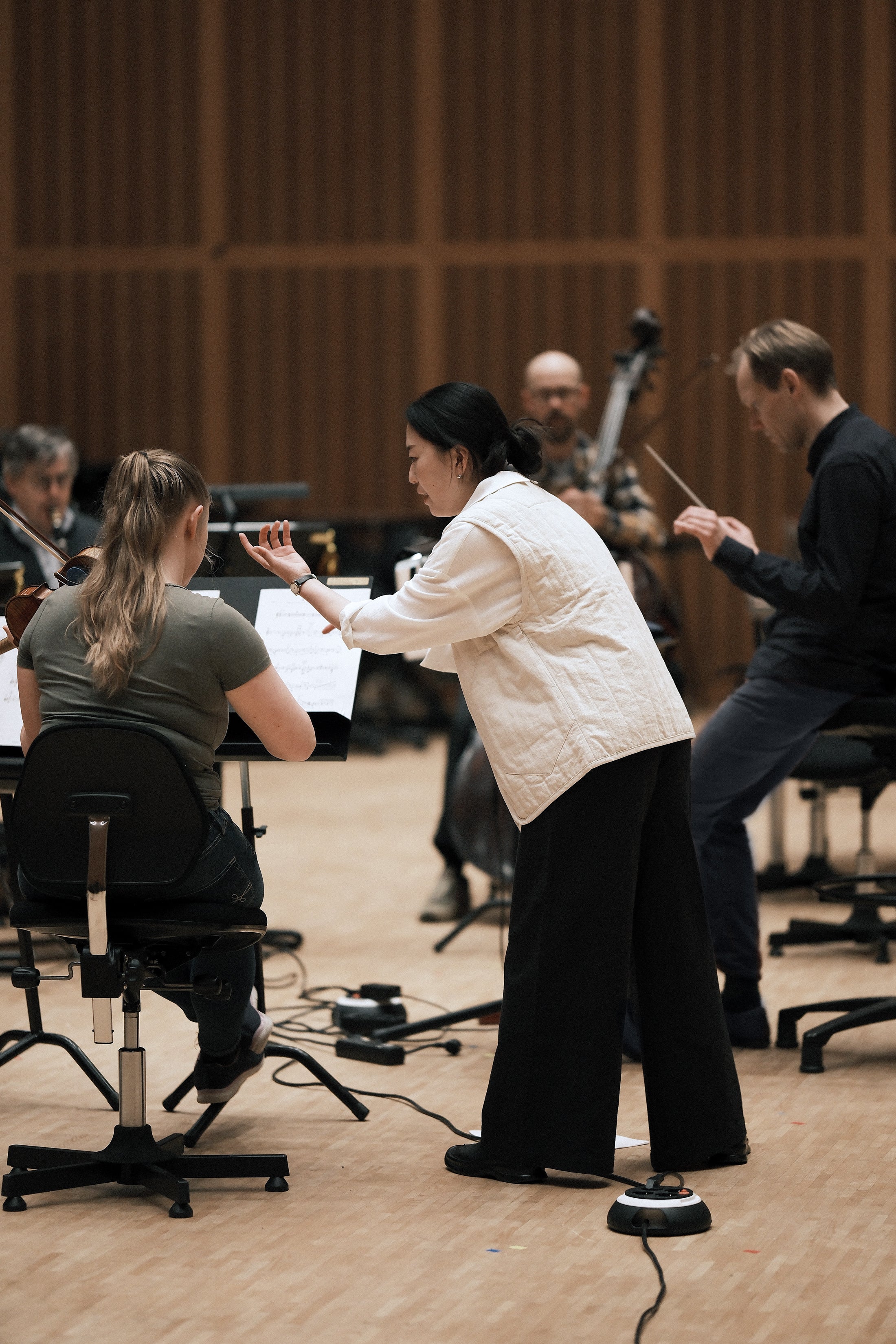
7115: Looking ahead, what are you excited about? Any new themes, activities, or places you’d like to explore?
Aya: In general I hope that classical music and what is known as contemporary music can be listened to without any prejudice in our daily lives. It could become one of the choices, like deciding whether to have Japanese food or pizza for dinner today. I don’t listen to classical music everyday at home. I listen to pop, I listen to jazz or even podcasts.
Being with someone has allowed me to see worlds much farther than I had imagined, and sometimes I find myself pulling someone's hand without realising it. Through my music, I aspire to communicate with the audience and show a new sense of distance. Up next is my new piece for String Quartet, Dance and Sculpture in a museum in Copenhagen on 30th Nov. this year.
More about Aya Yoshida’s background:
Aya began composing from the age of 6 with Mrs. Yasuko Osato. She went on to study composition theory and classical piano performance at Toho Gakuen School of Music in Tokyo, training in violoncello and classical vocal before moving to Copenhagen in 2014. Her many accolades include winning first prize in the Zemlinsky Competition (2019), serving as the Composer in Residence in Tivoli Youth Guard in Denmark (2020-2022), and being selected as a finalist of Luciano Berio Composition Competition (2022) and as one of the 5 nominees for Gaudeamus Award 2023.
** JAPANESE VERSION **
Story written by Haemee Kang.
